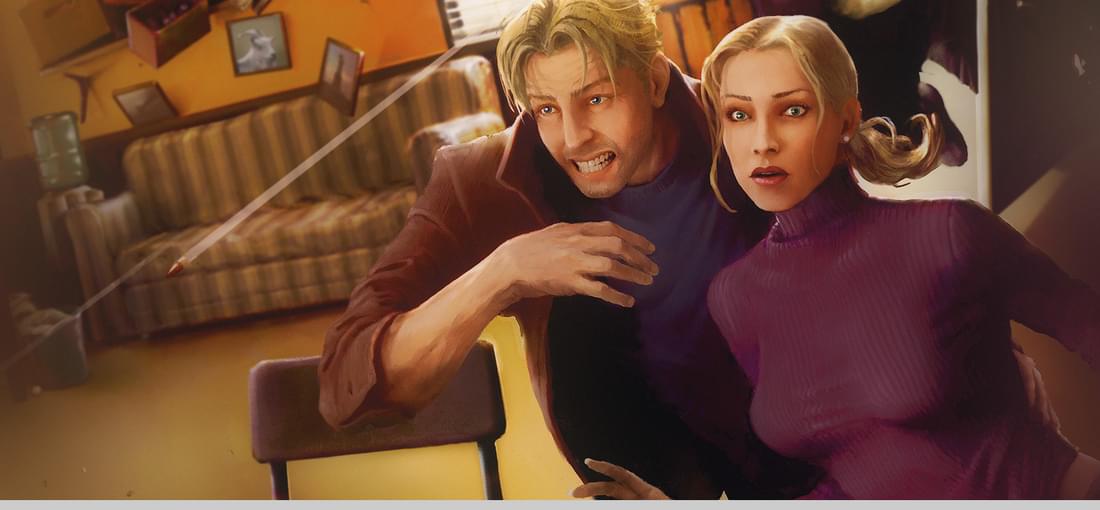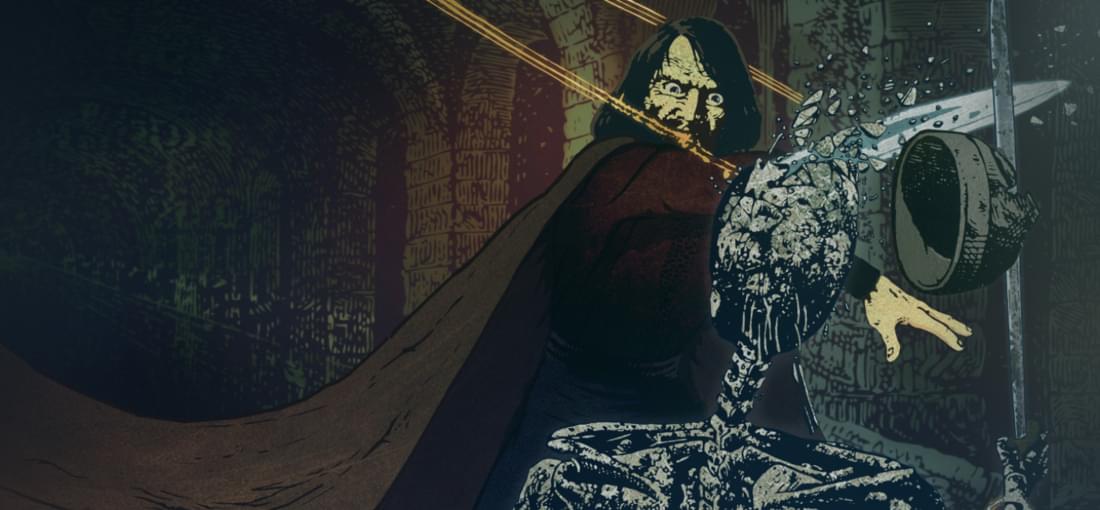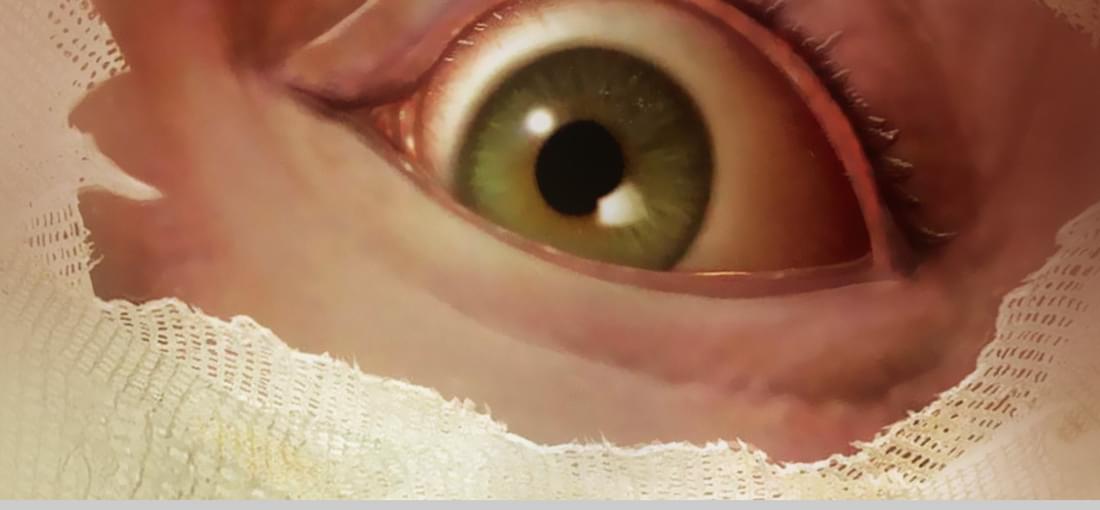


Broken Sword 4 is one of those games that is so bad that I keep thinking about it in my head, over and over again. What went wrong with this game? I'm a fan of the first three Broken Sword games. A lot of people don't like Broken Sword 3, but I enjoyed it and was hoping to like this one as well, but almost nothing about the game worked for me. This has one of the most fragmented and inexplicable plots in adventure games. It seems like Revolution ran out of time and money to keep making the game and had hurry up and ship whatever they could muster. The latter half of the game feels like a plot outline that's missing the connective tissue, with important characters just showing up with no explanation or reason. They are just there to push the game towards one of the most abrupt and unsatisfying endings I've ever seen. As many other reviewers have said, the interface is also terrible. For some reason pointing and clicking has never been more frustrating, with the need to search for tiny hotspots, abrupt camera changes making it confusing to move George around, and its even difficult to walk into other rooms because of how the engine works. As far as the characters, it was nice to play as George again, with the same voice actor returning. Nico sounds nothing like the previous three Nicos, and feels off the whole game. Unlike many, I liked the new character of Anna Maria, but she just feels underwritten, and I wish they had given her more interetesting stuff to do or say. Overall, if you are a fan of the series I would suggest going in with low expectations. Maybe you'll enjoy it more than I do. If you aren't a fan of the series, don't play this game.

First, the default port of Akalabeth that GOG installs is bugged and unbeatable. You can't progress through the quests you are given. There is, however, in the Goodies download section the 1998 version of Akalabeth, and this version is beatable. It feels a bit silly to review Akalabeth, as it's literally a high school student's project from the late 1970's. There are better games from around that time, such as Colossal Cave Adventure, or the Atari 2600 game Adventure, or a much better dungeon crawl, Rogue. Still, Akalabeth is interesting as a historical artifact, as the student that made this game, Richard Garriott, would build off its design to create the first Ultima game. A prominent aspect of Akalabeth's design, the mixture of a top-down overworld with first-person dungeon exploring, would persist in the series until Ultima 5. As a game, Akalabeth can be very frustrating. The map generation is very random and repetitive. Everything looks the same very quickly. You progress through the game by completing a series of quests given from a castle, but these quests are all 'kill the monster' type. Not very interesting on their own. There are two character classes, and a variety of monsters, which can make things a little more interesting. The thief can steal your weapons! The gremlin can steal half of your food each turn! If you don't watch out, you'll starve to death! I would recommend playing as a mage, so you can use magic amulets to go up and down levels quickly. The monsters will also flee when their HP is low, something a lot of modern RPGs don't even bother to implement. Still, the better parts of Akalabeth will be found in Ultima 1, with a more fleshed out world. So just play that instead.

I played a lot of point and click adventure games as a kid growing up in the 90's, but I never played Sanitarium until 2018, which is a shame because it is an excellent game. It's been sitting in my backlog for many years, and I put off playing it, assuming that it would be like other adventure games from that era, full of sudden deaths (like Sierra games) or dead ends, but Sanitarium isn't like Sierra or LucasArts adventure games at all. The most immediate thing about the game is that its graphics are more like Fallout 1/2 or Planescape Torment than a traditional point and click adventure game. It's plot, fractured and divided by chapters that have you visiting wildly different areas, is appropriately messed up for a psychological horror game, and sometimes violent and gross. The atmosphere established by the game is probably the best thing about it, escpecially in the first two chapters. The game itself is simpler than most adventure games, as there is no obtuse verb menu, and the player inventory gets rid of items after you are finished with them. This solves the problem of so many adventure games, where you get stuck and are trying to use every item with every other thing on the screen. While a couple of puzzles were difficult, most of them were very reasonable. I don't want to spoil too much of the game, as I didn't really know anything about the plot going into it, and there are a lot of weird surprises. If you like adventure games, play Sanitarium.